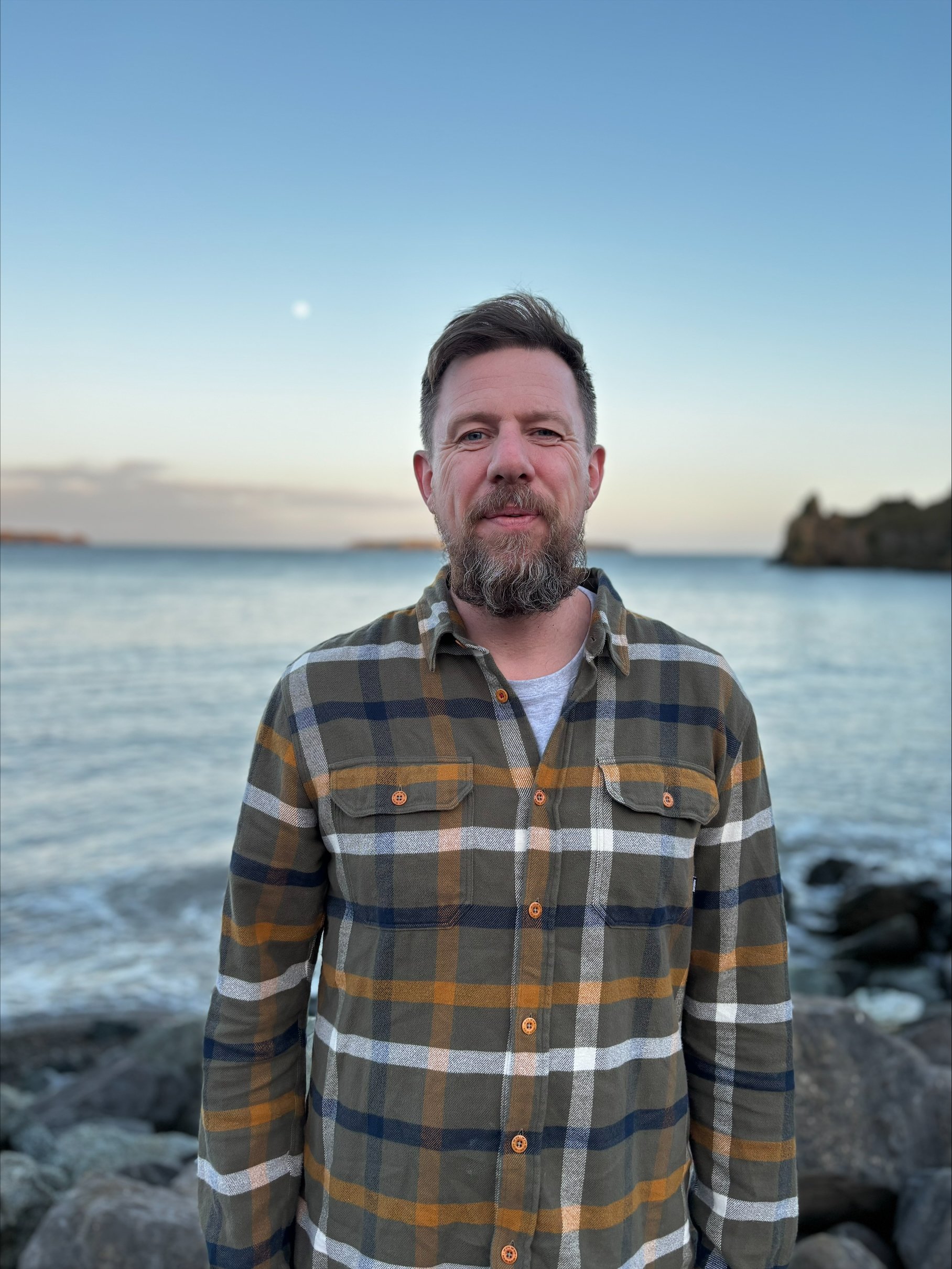
Decarbonised Ironmaking
Task 16 Team
-

Prof. Peter Holliman
Swansea University
-

Dr Stuart Cairns
Swansea University
Introduction
Task 16 take a whole system approach to decarbonising steelmaking processes. This task will integrate with Hub partners whilst focussing on the quantum yield within steelmaking processes by coupling raw material inputs, in-process reactions and by-product outputs with energy.
Research in Task 16 will build on the Task 2 knowledge of non-fossil fuel carbon (NFF-C) feedstocks in terms of their thermal chemistry and volatiles release but extend process understanding to the solid reactants in blast furnace, electric arc furnace and direct reduction technologies (i.e., coke, iron, iron oxide sinter etc.), focussing on optimising circular economy interactions between reactants and energy.
The overall quantum yield (i.e., the energy in versus energy used in the process) of BF ironmaking is very low and this is not currently addressed in other developing technologies. Whilst the quantum yield of visible light processes is quite well understood, the way in which infrared radiation is absorbed and/or reflected and/or emitted and/or transferred is much less well understood. This is surprising because this holds one of the major keys to decarbonising all energy intensive industries.
In this context, Task 16 will study:
Simple but novel heat recycling processes
The quantum yield of current process and improved processes
Optimisation of infrared absorption, reflection, emission and transfer processes
Low temperature routes to ironmaking through catalysis
Task 16 will study how we can improve the quantum yield of infrared harvesting in dynamic reactor systems under extreme conditions. Previously, related approaches have been used to significantly intensify other manufacturing processes, whilst running at much lower temperature. The plan is to be open-minded regarding energy vectors as long as they can be harvested and recycled. Instead, they will be used like the tools in a toolbox and focus on the energy because it’s not just the energy vector, it’s the energy itself that must be considered.
Targets
To double the quantum yield of blast furnace ironmaking hence halve the CO2 emissions from energy generation (i.e., ca. one third of the total).
To at least halve the fossil fuel carbon used in electric arc furnaces.
Research will be applicable to existing blast or electric arc furnace processes which minimises CAPEX costs and offer rapid routes to impact.
Because the new knowledge relates to energy and energy vectors rather than particular processes, research will also aim to inform developing technologies through better understanding of optimised quantum yield.
Progress to Date
Novel heat recycling processes
The design for the sand battery skeleton has been completed and returned from fabricators.
Sand characterisation has been undertaken (fraction size, composition, shape, loss of volatiles and at which temperature, changes post extreme heating).
An industry visit has taken place to view and discuss heat re-use in biomass pyrolysis plant.
Optimise IR absorption/reflection/emission/transfer
Completed thermal camera work to ascertain temperature differences between metals post heating.
Initial charting of emissivity/heating changes over thermal profiles, materials & wavelengths has begun.
Issues have been addressed around the uncertainty of emissivity and resultant effect on accuracy of data. Key points: accurate emissivity values are key for accurate thermal imaging data. Emissivity dynamics are due to material type, surface roughness, chemical state (oxidisation etc.),
